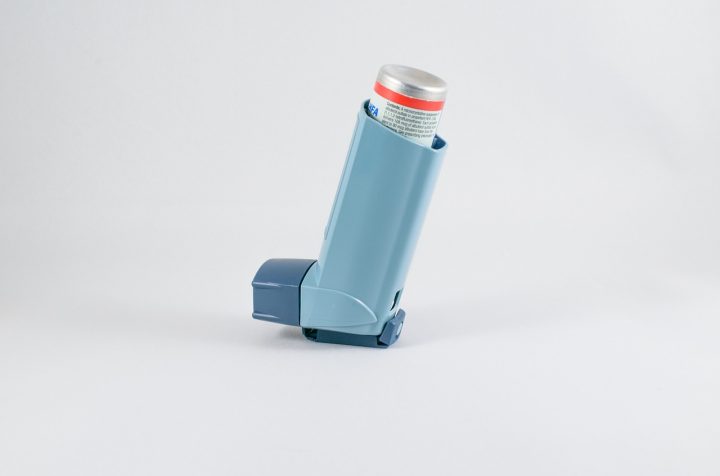Beyond race, factors including income, education level, insurance status and health literacy are linked to children’s asthma outcomes, including severity of and control over the condition.
The issue: Mold, cigarette smoke and pests are common triggers of asthma attacks. They’re also common problems in low-income housing. That helps explain the unequal prevalence of asthma, a chronic disease which inflames the airways and makes it difficult to breathe, across racial and socioeconomic lines.
An investigation published in The Baltimore Sun explains how area hospitals neglect these issues, choosing to treat asthma attacks in inpatient or emergency room visits rather than attempting to mitigate environmental risks. Prevention, according to the report, is less lucrative than on-the-spot treatment.
While some institutions refrain from addressing disparities, elsewhere, researchers attempt to determine factors that might help those affected and reduce these unequal burdens. A 2017 study from researchers at Boston Medical Center and Northwestern University looks at a number of factors that lessen racial disparities in asthma outcomes.
An academic study worth reading: “Sociodemographic Factors Mediate Race and Ethnicity—Associated Childhood Asthma Health Disparities: A Longitudinal Analysis,” published in Journal of Racial and Ethnic Health Disparities, November 2017.
About the study: The researchers interviewed 561 Chicago-area caregivers of asthmatic children between the ages of 8 and 15. Interviews occurred every three months over the course of 1.5 years. At baseline, they measured caregivers’ health literacy with the Rapid Estimate of Adult Literacy in Medicine, a reading test that assesses recognition of health words. They also collected sociodemographic data on race/ethnicity, income, education level and insurance status.
During each interview, they asked the caregivers to self-report their child’s quality of life. They also collected information as to the severity of the child’s asthma and how well it was controlled. Every six months, they assessed the caregivers’ asthma knowledge. The researchers then analyzed the relationships between these reported outcomes and the demographic data.
Key findings:
- “African-American race and Hispanic/Latino ethnicity are significantly associated with worse asthma compared to Whites in longitudinal analyses.”
- Controlling for factors including income and education level reduced disparities by 50 percent.
- Health literacy and caregiver education level were partial mediators of racial differences for two outcomes, quality of life and asthma knowledge.
Other resources:
- Government agencies including the U.S. Centers for Disease Control and Prevention, Environmental Protection Agency and Department of Housing and Urban Development and all have resources on asthma.
- The Community Guide, a resource produced by the U.S. Department of Health and Human Services’ Community Preventive Services Task Force, also offers information on the subject.
- The National Association of School Nurses has additional resources.
Related research:
- A 2016 study published in Clinical Pediatrics, “Associations Between Parental Health Literacy, Use of Asthma Management Plans, and Child’s Asthma Control,” indicates that health literacy is linked to parents’ ability to use asthma management plans.
- A 2015 study published in PLoS ONE, “The Relationship Between Health Literacy and Health Disparities: A Systematic Review,” finds mixed and limited evidence to support a link between the two through a review of 36 studies.
- A 2009 study published in Patient Education and Counseling, “The Role of Parent Health Literacy Among Urban Children with Persistent Asthma,” suggests that while parents with lower levels of health literacy worried more about their children’s health, their use of health care did not vary with that of more health literate parents.


Expert Commentary